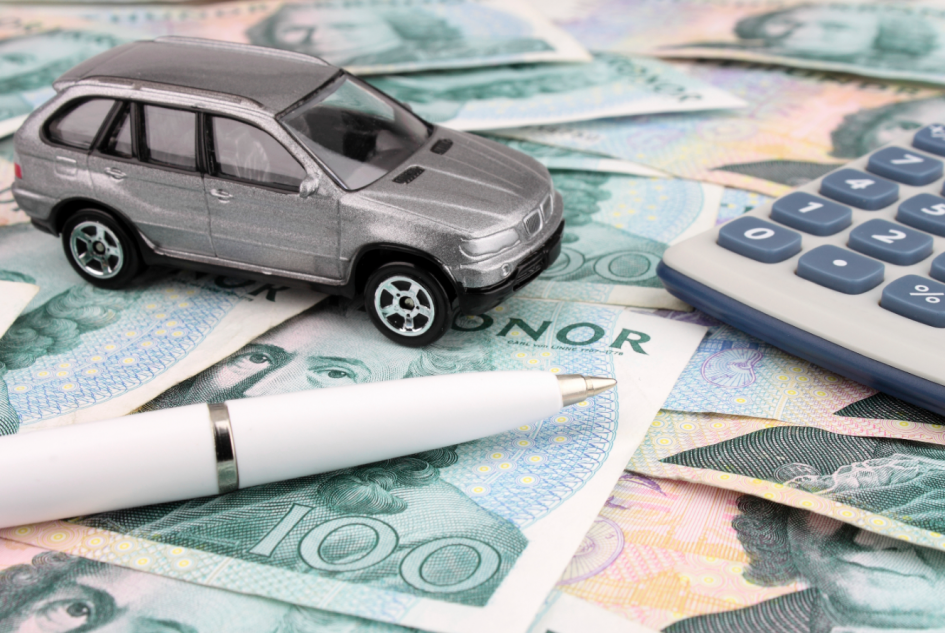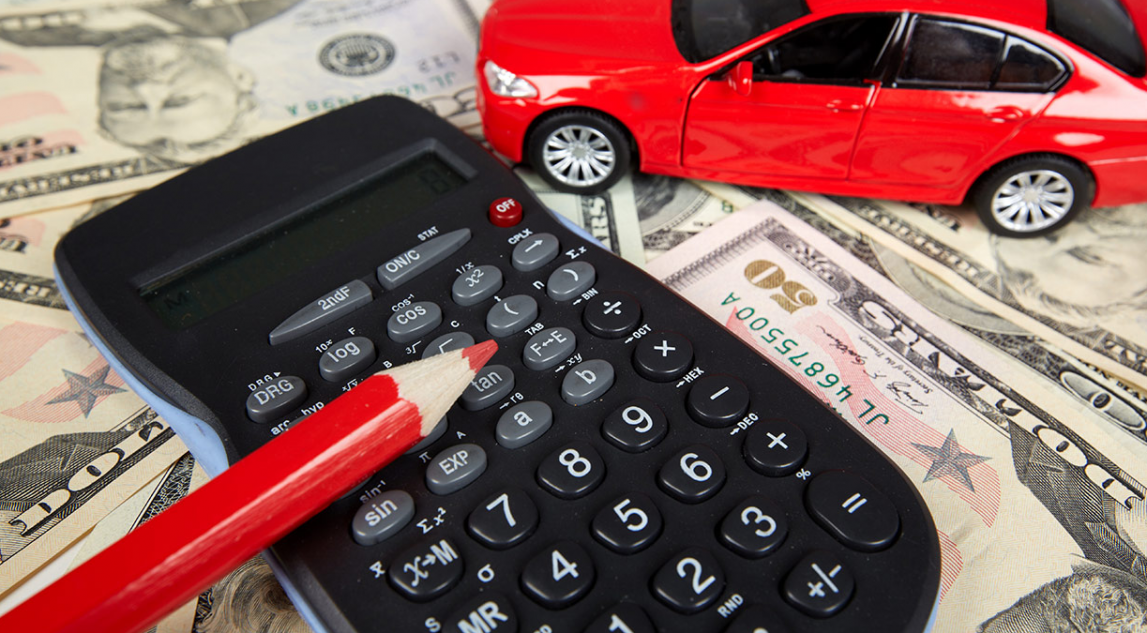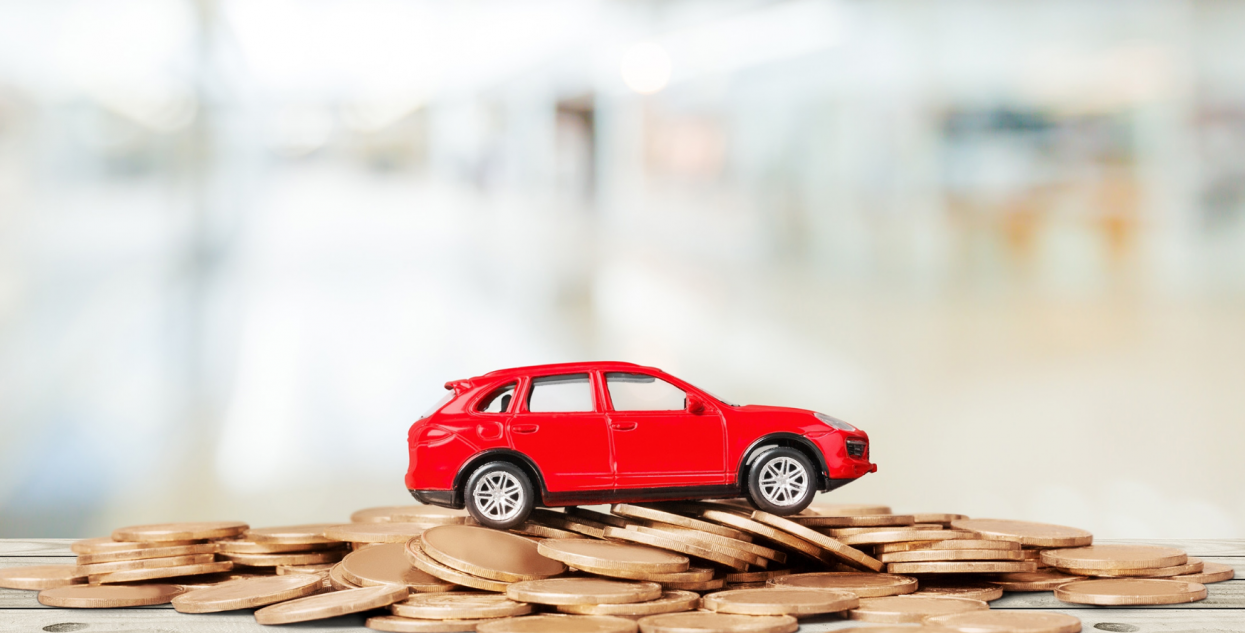Budgeting 101
Buying a new car is a big deal. We can’t all be a Kardashian and own three or four tripped out Land Rovers. It’s a big purchase that requires planning, time, and most importantly, budgeting.
Chances are, if you’re budgeting for a new car, you’re budgeting for an auto loan.
And while budgeting sounds about as fun as only eating no-name brand Kraft Dinner for the next 3 months (maybe name brand once in a while), the fact is that you won’t get from no car to new car if you don’t apply yourself to your goals.
So. From us to you, here is a breakdown of how you can budget, still buy name brand Mac and Cheese, and get the car you want.
What’s the first step?
While looking at your finances doesn’t make for the most fun afternoon (it involves a lot of cringing and wondering why you spent 100 dollars in 2 hours on a Saturday night) the first thing you should do when determining your car budget is to clearly lay out all of your income and expenses. How much are you bringing in every two weeks and where is your money going? That coffee may not seem like too much, but in two weeks, your trips to those café’s begin to add up. Knowing where you stand allows you to break down how much you have at the end of each month, which means you’ll know exactly what you can afford to put aside for a car.
How much?
Next, figure out how much you are willing to spend. Even if your income allows for a pricey new car, you may have other priorities to pay for, or you may want to account for future expenses that may come up. You don’t have to have the flashy, fancy car if it means you’re going to continue eating ramen noodles for 6 months just to put a dent in your loan. Be an adult and think reasonably about what you can and cannot afford.

Now, what?
Now that you’ve taken a good hard look at what you’re working with in terms of finances, your next step would be to focus on budgeting for an auto loan, or a number of monthly payments you will be making towards the new vehicle. As a rule of thumb, you shouldn’t be spending more than 20% of your monthly income on car loan payments. Take a look to see if there are any extraneous expenses, such as entertainment, travel, or other luxuries, that can be spared from your monthly total. Do you need that new pair of pants with rips in them already? Do you need to go to the fancy barber that brings you whiskey or beer when you could just go to Top Cuts? Priorities.
In addition, you could take advantage of online auto loan calculators to get an estimate of monthly payments with the amount of interest included.
How can I cut down on the monthly payment?
By making a larger down payment when you initially sign off on the car, you can save yourself significant amounts of the monthly payments. On top of that, you’ll be getting a better interest rate as well. The 20% rule applies here too; try to aim to cover 20% of the car’s total cost right off the bat.
Things to consider
Unexpected expenses can pop up from the time of purchase to during your car’s lifetime that can end up costing you a lot. It’s a good idea to take into account the tax, state fees, dealership documentation fees, maintenance fees, car insurance, gas, parking and traffic tickets, and car accidents so you get a better understanding of the comprehensive cost of your new car.





